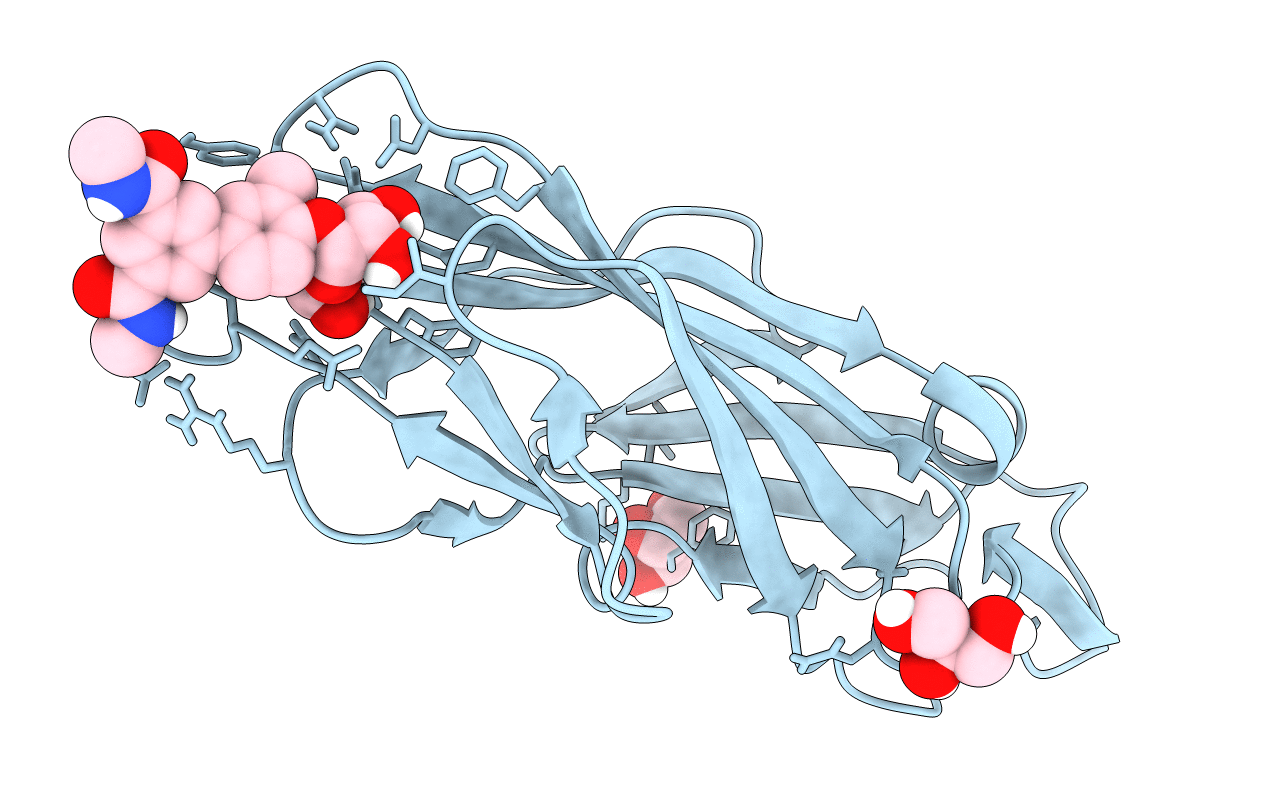
Deposition Date
2015-12-01
Release Date
2016-05-04
Last Version Date
2024-10-16
Entry Detail
PDB ID:
5F2F
Keywords:
Title:
Crystal structure of para-biphenyl-2-methyl-3', 5' di-methyl amide mannoside bound to FimH lectin domain
Biological Source:
Source Organism:
Escherichia coli J96 (Taxon ID: 1206108)
Host Organism:
Method Details:
Experimental Method:
Resolution:
1.67 Å
R-Value Free:
0.17
R-Value Work:
0.14
R-Value Observed:
0.14
Space Group:
P 21 21 21


